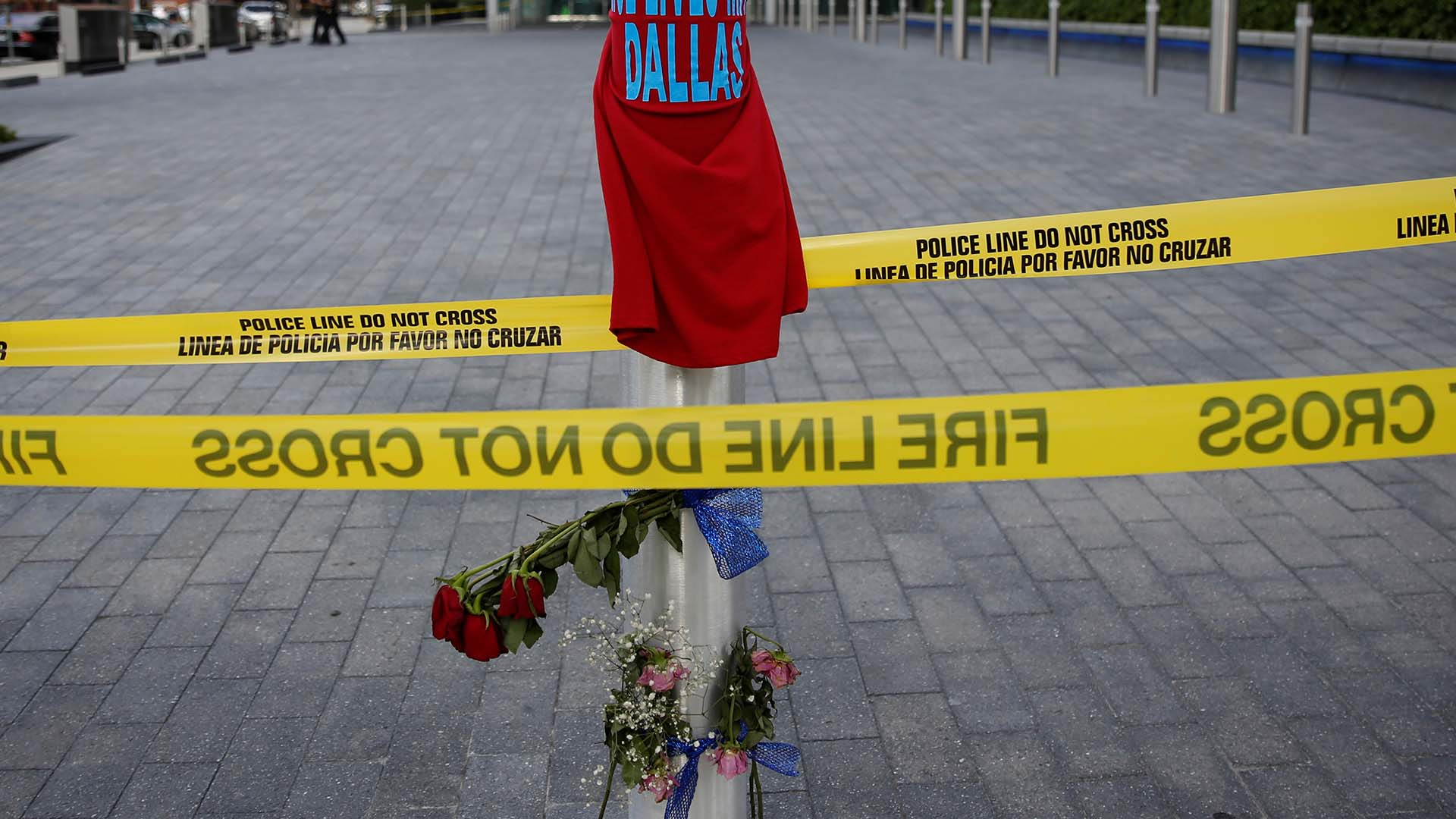


A Dallas suburb on Saturday became the latest American city to be targeted by a mass shooter when a gunman armed with multiple weapons opened fire on a crowd at a shopping mall, killing at least eight.
Soon after the attack, media outlets engaged in a routine and all-too-human effort to determine why anyone would commit such a wanton and irrational act. Although authorities had not publicly speculated about the shooter’s motives, reporters probed sources in law enforcement for clues — and they got them.
“Law-enforcement officials were examining Mr. Garcia’s social-media accounts, which appeared to show an interest in white supremacy, one of the officials said,” the Wall Street Journal reported. The Washington Post confirmed the reporting, affirming the Journal’s discovery that the shooter wore a patch adorned with a phrase “popular among right-wing extremists, neo-Nazis, and white supremacists,” adding that “while there is still a great deal of evidence to analyze,” the circumstances point to a “possible hate crime.”
The approach taken by the press in this case is unremarkable given the lamentable frequency of these sorts of shootings. It has become best practice to press law enforcement for indications of a motive well in advance of anything official and perform Talmudic exegesis on an alleged shooter’s social-media profile. It’s only remarkable when media professionals forego the exercise, which renders journalism’s conduct in the weeks that have passed since the attack on the Covenant School in Nashville, Tenn., much more conspicuous.
On March 27, the 28-year-old former student of a Christian elementary school shot and killed six people, including three nine-year-olds. And we still don’t know why. We know that the suspect planned the attack for “months.” We know the weapons used in the atrocity and how they were obtained. We know the alleged shooter “considered the actions of other mass murderers,” and we know she left behind several “writings and a book we consider to be like a manifesto.” On the day of the attack, police speculated publicly that the shooter might have retained “some resentment for having to go to that school.” But as of mid April, investigators still had “not yet identified a clear motive” for the attack and had failed to substantiate earlier claims about any lingering resentment toward her education.
This is not typical. We knew within hours of the attacks on Pittsburgh’s Tree of Life synagogue, Marjorie Stoneman Douglass High School in Florida, a Walmart in El Paso, Texas, grocery stores in Boulder, Colo., and Buffalo, N.Y., A Dayton, Ohio, nightclub, and many other scenes of mass gun violence what the shooter’s potential motives might have been. The attack on a shopping mall outside Dallas this weekend fits within this same pattern, as does the motive that has been uncovered.
But the violence in Nashville was not archetypal. A woman committed the attack, which was abnormal — as the New York Times explained in (literally) graphic detail. The shooter reportedly struggled with gender-identity issues — a fact that NBC News contended was irresponsibly “seized” upon by some commentators in the absence of more concrete evidence of a potential motive for shooting up a Christian school.
In the last week of April, Nashville authorities revealed that the “investigation has advanced to the point that writings from the Covenant shooter are now being reviewed for public release.” It’s unclear how those writings will further our understanding of this event or the societal forces that contributed to it, however obliquely. But we can surmise that either the lack of any leaks suggests that Nashville is running the tightest, most disciplined police force in the United States or that the practices national media outlets traditionally use to plumb for early details about a shooter’s motives were withheld in this case. Indeed, seemingly only in this case.
